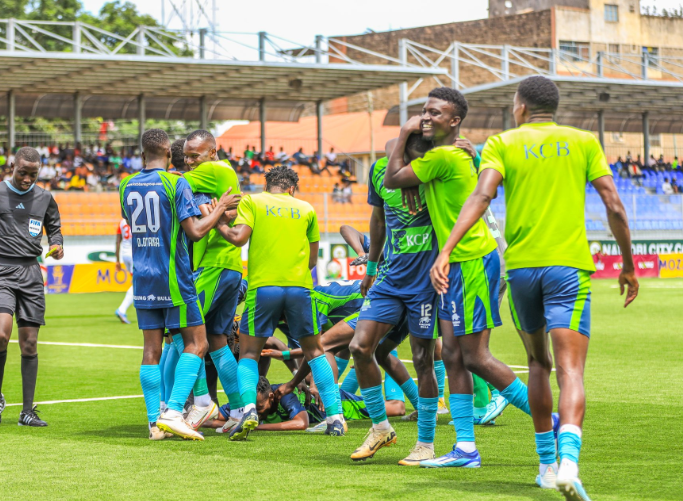‘Us vs them’ politics threatens Kenyan project

The Limuru III meeting, a pivotal event in recent Kenyan politics, demonstrated the thinking and psyche of luminaries from the Mt Kenya region.
The conference, which sparked intense debate, saw leaders representing the Kikuyu, Meru, and Embu communities gather in the tranquil tea plantations of Limuru to strategise on safeguarding their interests in the broader Kenyan nation.
Under the leadership of Martha Karua, the former justice minister in the Kibaki administration, and Jeremiah Kioni, the remaining poster image of former President Uhuru Kenyatta’s Jubilee party, the leaders voiced a series of grievances, highlighting the challenges they believe Kenya has imposed on them.
Taxes, government positions, and development projects in the Mt Kenya region were at the top of their mind. A former governor from the region was more direct. He posited that the region would not countenance a person from a different community ascending to power at the national level or in Nairobi county. These, he appeared to argue, are preserves of the Mt Kenya region.
Representatives from the region are firmly entrenched in the current administration. As MP Silvanus Osoro points out, the current administration is heavily skewed towards representation from the Mt Kenya region. The region’s influence is undeniable, from the deputy president to nearly half the Cabinet. The 2024 Finance Bill, a significant project, is also championed by luminaries from this region.
Since independence, some six decades ago, lodging at State House has oscillated between two communities: the Mt Kenya region and the Rift Valley. For 34 years, Mt Kenya has had its say, while the Rift Valley has hogged the remaining 26 years and counting. If there are failures in the Kenyan project, then the failures can be squarely blamed on leadership, which has been exclusively provided by these two regions.
The problem with both Limuru III and the tone of the conversation in current politics is the lack of appreciation of the Kenyan nation. It is this obsession with local politics. That these regions that seem to complain loudest about marginalisation are some of the most privileged is often lost on the speakers.
It could be simple selfishness and possibly a lack of exposure to other parts of Kenya. The spread of poverty bites ever so harshly in most other parts of the country. Most of the services that are easily accessible in the Mt Kenya region are a distant dream in other parts. Some parts of Mt Kenya have the luxury of shutting down schools, while learning under trees has remained a standard feature in other parts.
Running water, tarmacked roads, toilets, and a bevvy of graduates and professionals are common features in some parts of the land, led by the Mt Kenya region. But there are counties and regions of this land where these are distant imaginations. Many villages in this land only hear about cars six decades after independence.
We may ask what Mt Kenya and the Rift Valley regions have to do with this. In fact, everything. Over the years, these regions have been responsible for distributing the national cake, and what Kenya has become speaks to their ability to manage the Kenyan project.
Not too long ago, David Ndii, Kenya’s public economist, was so fed up with the Kenyan political experiment that he called it a cruel marriage and suggested that it was time for a divorce. Believers in the project lampooned him. Ndii has since morphed into a believer and is the leading economic apologist for the current government.
One would have loved to see a belief in the nation as an entity rather than this “us” vs “them” dichotomy coming from Mt Kenya.
— The writer is the Dean of the School of Communication at Daystar University












